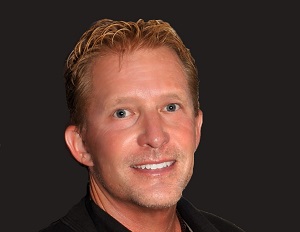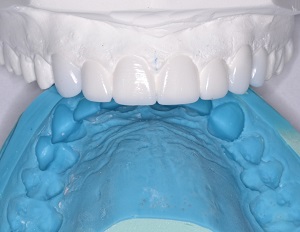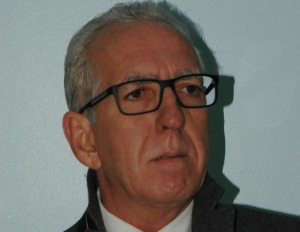By Dr. Anna Chen
ACTIVA BioACTIVE’s hydrophilic resin and ability to release and recharge important minerals makes it an ideal material for treating high caries risk patients. Oral pH tends to be low among children with high caries risk. This lower pH activates ACTIVA BioACTIVE, and the material starts to release calcium, phosphate and fluoride. When ACTIVA BioACTIVE is used in the esthetic zone, such as upper maxillary incisors, it has a glossy and durable finish which meets the requirements for great cosmetic results for the anterior teeth.
This 3-year-old patient presented with severe early childhood caries. He has a short attention span and difficulty sitting still for any treatment. After examination and interview, he was considered a high caries risk patient. Ensuring good isolation is one of my greatest concerns when managing patient behavior and is a major criterion when choosing materials. Behavior management and treatment choices were discussed with the parents, including silver diamine fluoride, IRT, strip crowns, stainless steel crowns, zirconia crowns and extraction. Since this case is in the esthetic zone and subject to low pH conditions, ACTIVA KIDS BioACTIVE-RESTORATIVE was chosen and placed using strip crowns.
The child presented with extreme childhood caries at both the buccal and lingual surfaces of teeth #D, E and F (Figure 1).
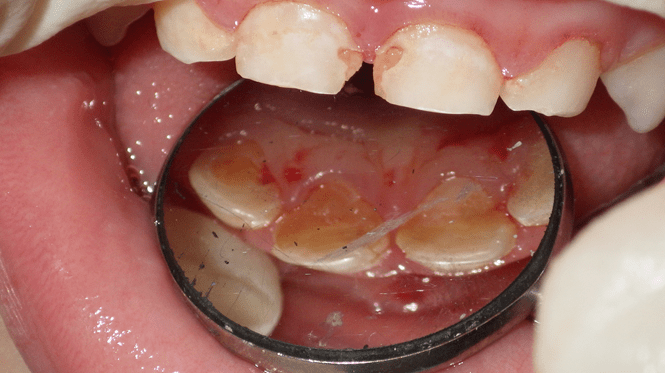
The parents agreed to the use of nitrous oxide and strip crowns. Nitrous oxide 50% with oxygen 50% was administered. Caries was removed and an indirect pulp cap was performed using Vitrebond (3M). After completing the strip crown preparations (Figure 2), the crown form (ESPE, 3M) was tried in, cut and adjusted.
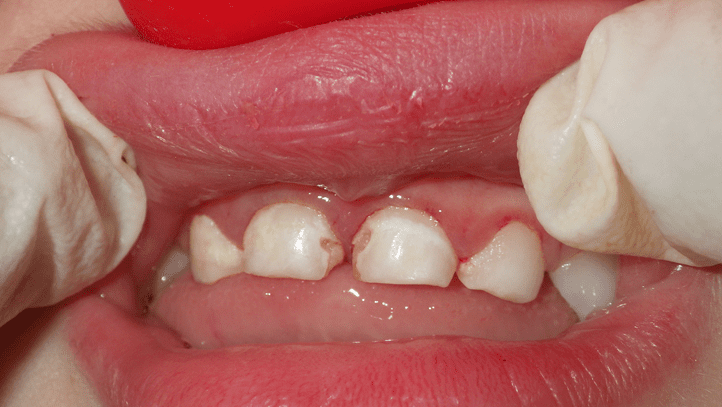
The teeth were etched with 35% phosphoric acid etching gel (Ultra-Etch, Ultradent), rinsed, and dried. No bonding was used. The strip crowns were partially filled with a bioactive restorative resin (ACTIVA KIDS, Pulpdent), leaving space for the prepared tooth (Figure 3).
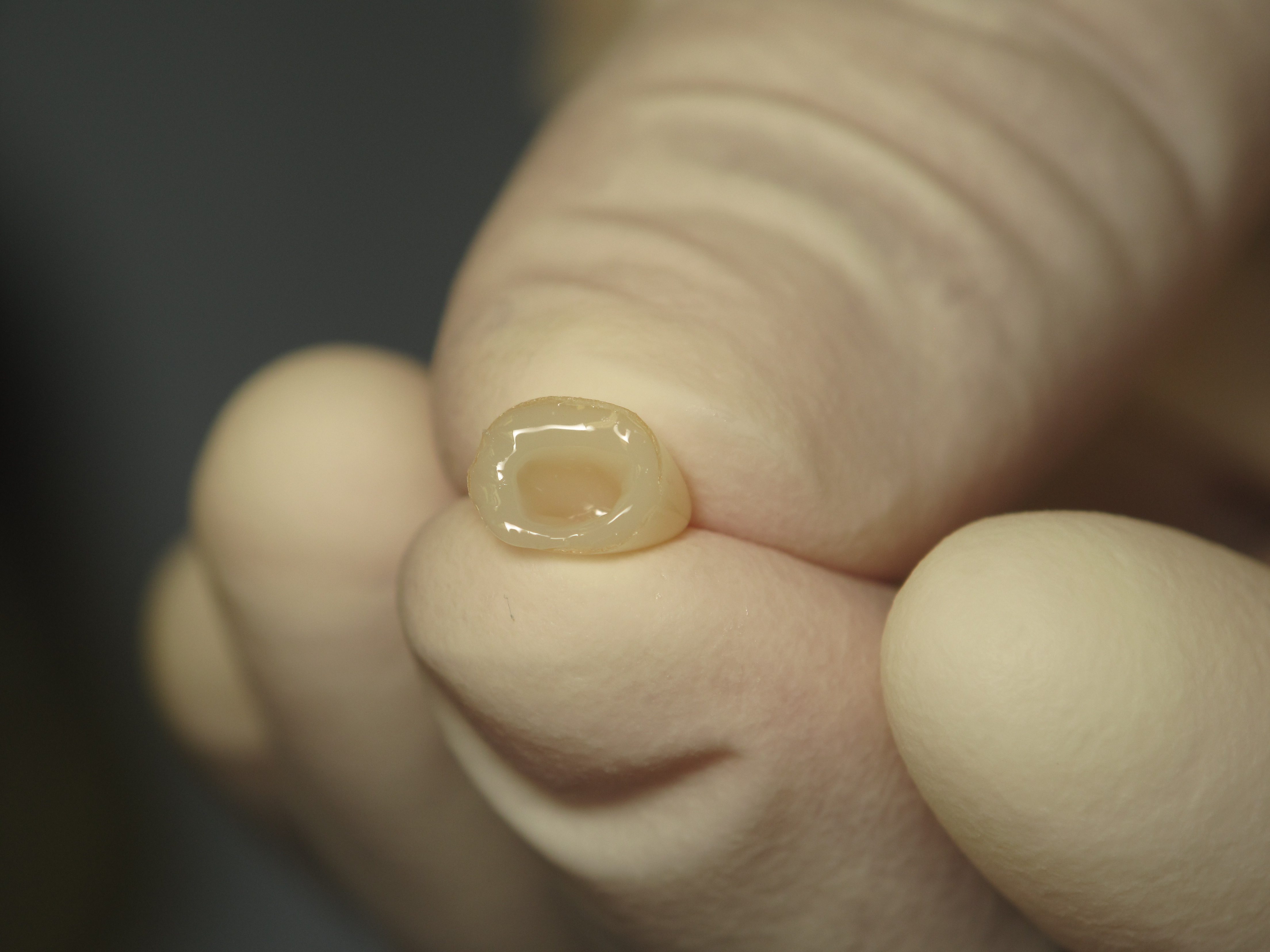
Because ACTIVA BioACTIVE flows well, I did not place ventilation holes in the crown forms as I would if using traditional packable composites. The strip crowns were gently seated toward the gingiva until they were in the best esthetic position, making sure that the ACTIVA BioACTIVE material completely filled the buccal surface. Each crown was light cured (20 seconds) from buccal and lingual sides while holding the crown in the position. After curing I removed the strip crown form. The yellow discolorations of the teeth were well masked by the opaque shade of ACTIVA KIDS. After minimal occlusal adjustment, the final restoration was smooth and beautiful (Figure 4).
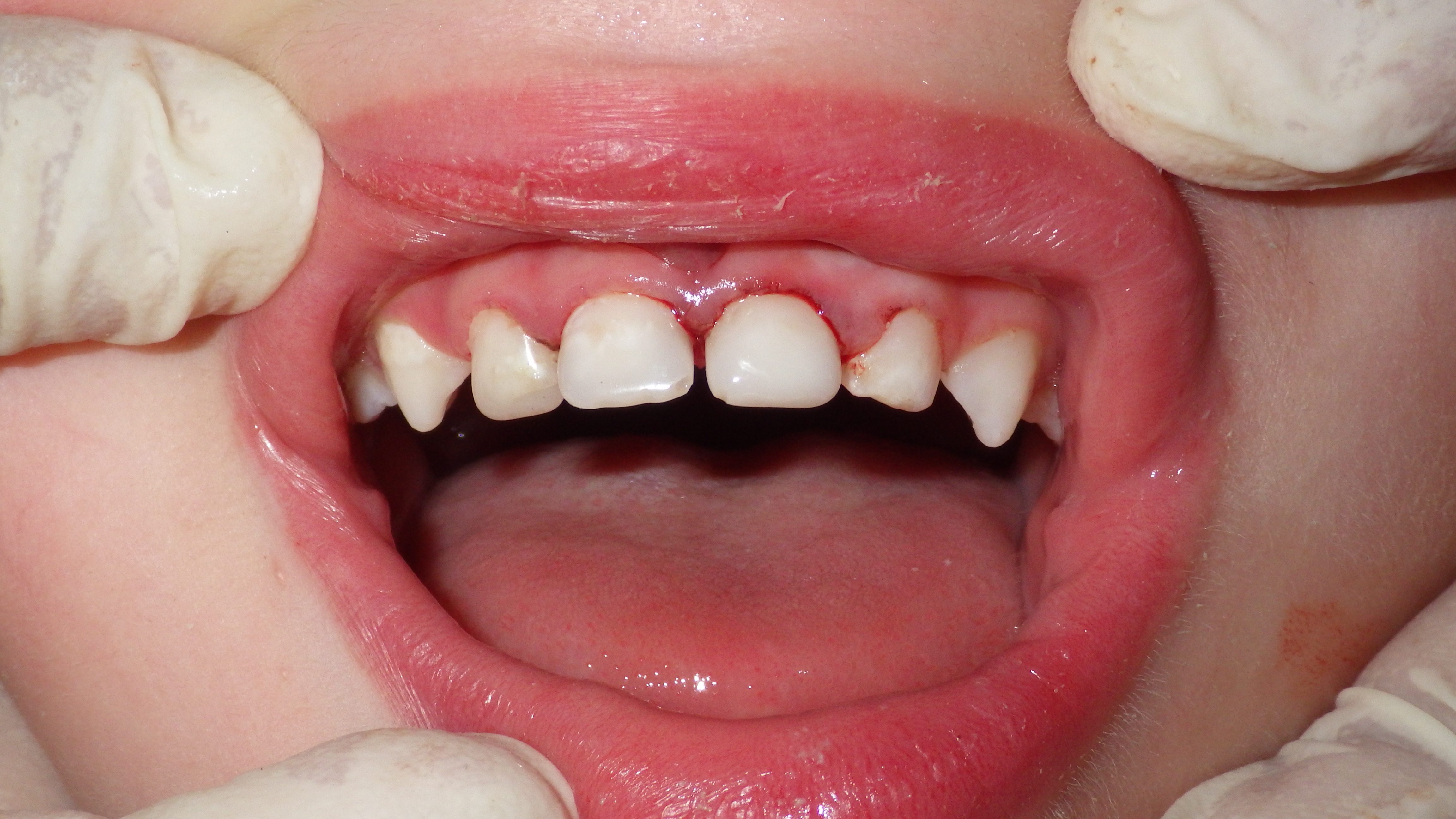
About Dr. Anna Chen
Dr. Chen is a pediatric dentist based in Loma Linda, CA. She is a Professor of Pediatric Dentistry at Loma Linda University School of Dentistry.


